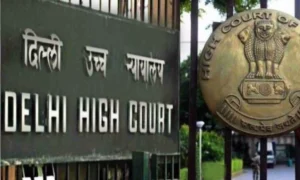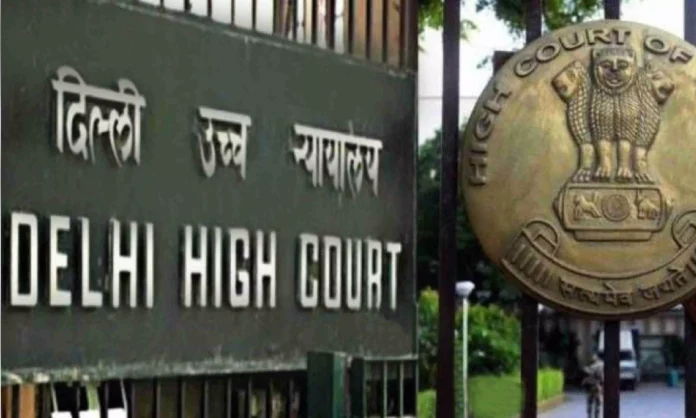How Color Vision Affects Delhi Police Recruitment Process
A recent ruling by the Delhi High Court has reinforced the importance of stringent medical standards in the recruitment process for law enforcement roles, specifically within the Delhi Police. The Division Bench, consisting of Justice C. Hari Shankar and Justice Amit Sharma, upheld the decision made by the Central Administrative Tribunal (CAT) and dismissed a writ petition filed by several candidates with defective color vision who were seeking to be appointed as constables in the Delhi Police.

The petitioners in this case argued that “defective color vision” is a condition distinct from “color blindness” and, therefore, should not disqualify them from police service. They contended that despite their defective color vision, they could still perform the essential duties of a constable effectively. However, the Delhi High Court disagreed with their stance. The bench emphasized that the medical standards set by the Delhi Police are stringent and have been put in place to ensure that candidates meet the physical and medical requirements necessary for law enforcement roles.
The court’s ruling reinforces the significance of adhering to these medical standards, which are crucial for the overall efficiency and safety of police operations. In particular, the ability to differentiate colors accurately is considered essential for law enforcement professionals, especially when it comes to recognizing signals, identifying suspects, and ensuring effective communication in high-pressure situations.
This judgment highlights the importance of maintaining rigorous medical and physical standards in the recruitment of police personnel to safeguard the integrity of law enforcement services. It serves as a reminder that the recruitment process must prioritize the capability to meet the demands of the role, ensuring that candidates are fully equipped to carry out their duties.
The Court emphasized the importance of stringent medical fitness standards for law enforcement officers, highlighting the critical need for acute visual perception and quick decision-making in police work. Police officers frequently face high-stress situations that require the ability to accurately identify colors, particularly in low-light or challenging environments. This skill is essential for tasks like recognizing signals, spotting objects from a distance, and responding to emergencies.
Representing the Delhi Police, Central Government Standing Counsel Ashish Dixit argued that color vision defects disqualify candidates from police service, supporting the role’s specific requirements and the need for public safety.
The High Court’s judgment clarified that medical standards for law enforcement positions should be more demanding than those for civilian roles due to the unique challenges and responsibilities associated with police work.
The petitioners’ challenge to the CAT’s decision was dismissed, with the High Court upholding the Tribunal’s ruling to disqualify individuals with defective color vision from the Delhi Police constable recruitment process.
This ruling emphasizes the importance of rigorous medical screening for law enforcement personnel, ensuring officers are physically and mentally prepared to perform their duties, especially in high-pressure and potentially hazardous situations.
Read More: @2024Epipedia
